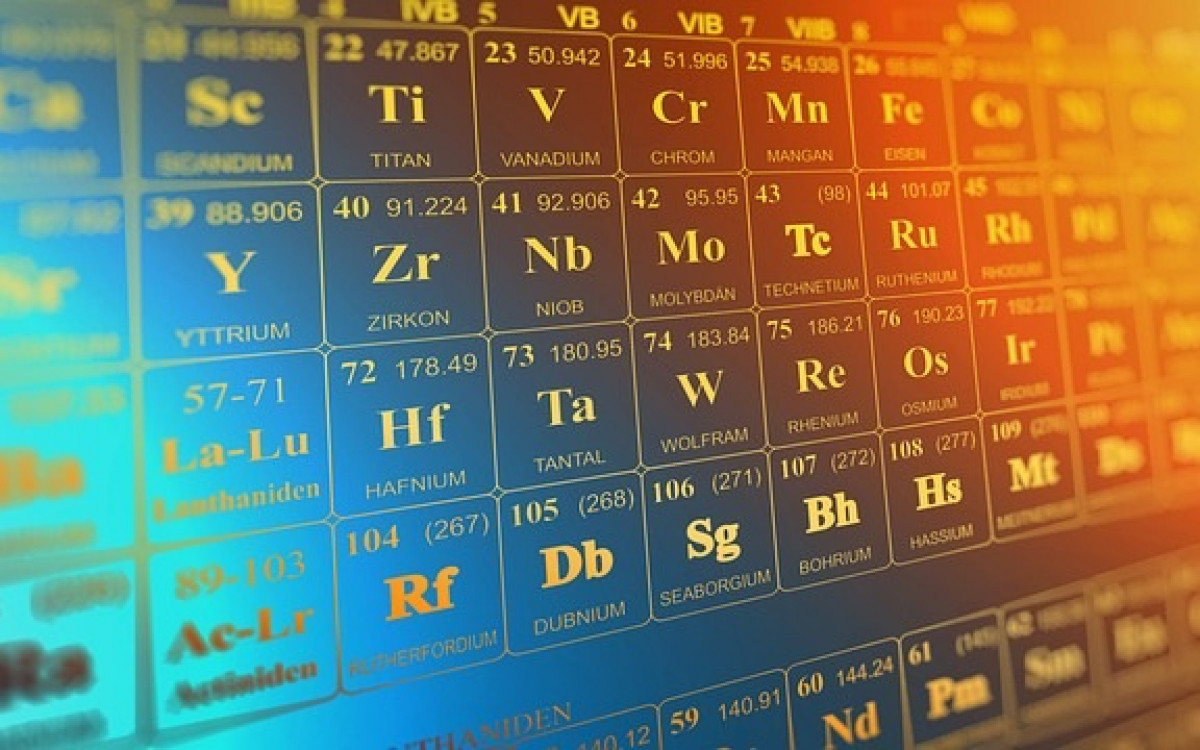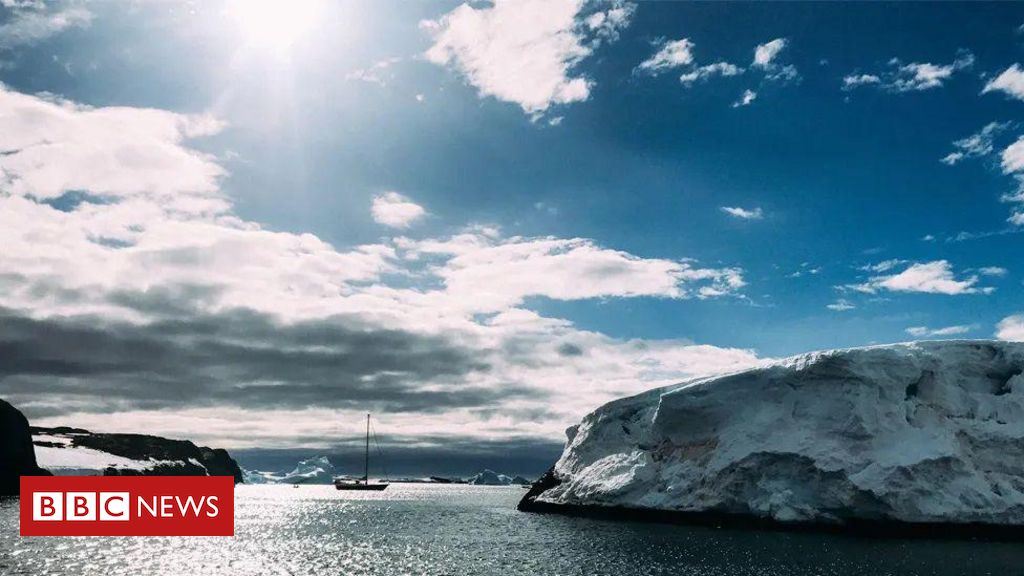- author, Victoria Gill
- scroll, BBC News science correspondent
For Antarctica's wildlife, exposure to the sun's harmful rays has increased in recent years, scientists say.
A hole in the ozone layer – the protective gas barrier in the stratosphere – now hovers over the frozen continent for most of the year.
It is believed that one of the main causes of ozone depletion is the amount of smoke emitted from Australia's unprecedented bushfires, which have been fueled by climate change.
“When I tell people I'm working on holes in the ozone layer, they ask, 'Oh, isn't this better now?'” said Sharon Robinson, a climate change biologist at the University of Wollongong in Australia, and one of the study's authors. Published in the scientific journal Global Change Biology.
In 1985, scientists working in Antarctica discovered the hole in the ozone layer by measuring the amount of solar radiation reaching Earth.
A wide range of ozone-destroying chemicals have been identified as being responsible, particularly chlorofluorocarbons (CFCs), used in refrigerators.
In 1987, all countries agreed to phase out the use of a range of ozone-depleting chemicals. This agreement became known as the Montreal Protocol, and is considered the most successful environmental treaty in history.
The ozone layer is now recovering.
“But there is a hole – an area where the ozone layer is extremely depleted – that appears every spring over Antarctica,” explains Robinson, who is deputy director of the Environmental Futures Research Center for Antarctic Conservation at the University of Wollongong.
This loss of ozone is specific to Antarctica, due to chemical reactions that occur in clouds high in the atmosphere at very low temperatures. These reactions cause ozone to decompose, opening a hole in the layer.
The annual appearance of this crater generally peaks in September and October, when most terrestrial plants and animals are safely hidden under the cover of snow, and marine animals are protected by extensive sea ice.
It now continues until December, i.e. summer in Antarctica.
“This is the time when things become more exposed and more vulnerable,” Robinson explains.
Certain types of ultraviolet radiation from the sun, called UVB, increase the risk of skin cancer and cataracts in humans, but researchers don't yet know if this applies to Antarctic mammals and birds.
Robinson says anything covered in fur and feathers — such as seals and penguins — is likely to be protected.
“Perhaps the greatest danger to animals in Antarctica is eye damage,” he adds.
credit, University of Wollongong
In this paper, Robinson and his colleagues analyzed every study they could find on the effect of UV radiation on plants and animals in Antarctica.
They found evidence that algae manufacture their own “sunscreen compounds” for protection.
“And if they're putting energy into sunscreen, they're putting less energy into growth,” he warns. “There is always a cost to sun protection.”
There is also evidence that krill – the small but abundant marine creatures that form the base of the Antarctic food chain – dive deep into the ocean to avoid ultraviolet radiation, which can affect the whales, seals, penguins and other seabirds that feed on them.
“We also know that the phytoplankton that krill feed on must produce sun protection to avoid damage,” Robinson adds.
credit, Piet Harmsen/Australian Antarctic Division
One of the main reasons for the longevity of the ozone hole is the sheer size and extent of the Australian bushfires in 2019 and 2020.
Jim Haywood, professor of atmospheric sciences at the University of Exeter in the UK, told BBC News that the record duration of the Antarctic ozone hole in recent years is a “wake-up call”.
He pointed out that “society cannot be satisfied with the achievements we have achieved in combating this issue.”
But there are still a number of factors delaying the recovery of the ozone layer, including forest fires and large volcanic eruptions – which release particles that fuel the reactions that destroy it.
Robinson recalls that some proposed climate-cooling experiments — so-called geoengineering — suggest “cloud formation” by releasing particles into the upper atmosphere.
“It will also destroy the ozone, so it's a bad idea,” he warns.
“The best thing we can do to help Antarctica is to take action on climate change – reducing carbon emissions as quickly as possible, so that we have fewer forest fires, and do not put additional pressure on the recovery of the ozone layer.”

“Hardcore beer fanatic. Falls down a lot. Professional coffee fan. Music ninja.”







More Stories
Are you addicted to memes? Understand how “Brainrot” can steal your attention and harm your life.
Scientists pave the way for the emergence of a new element in the periodic table | World and Science
Science Backs Yoga’s Benefits for Women Who Want to Live Longer